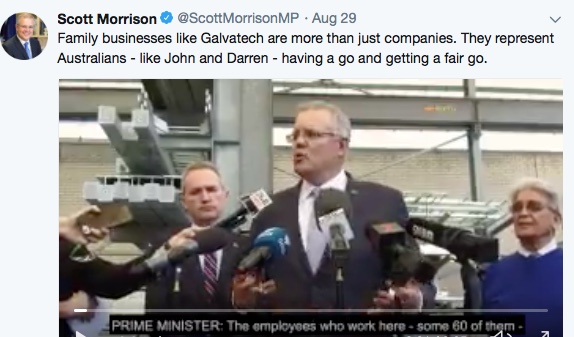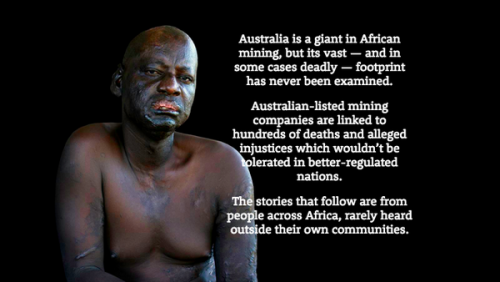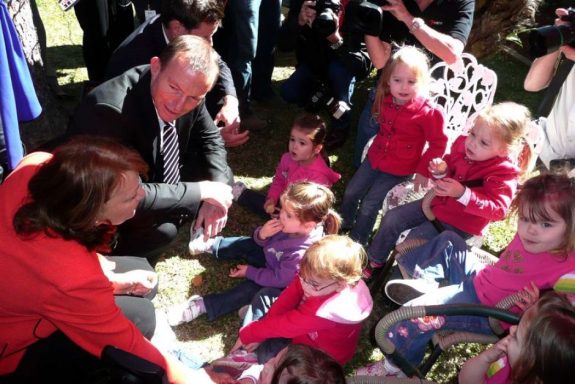Wentworth Circus, Elephants In The Room, Jokers In The Pack And Too Many Ringmasters…

The Liberals have lost Wentworth for the first time and so the analysis begins.
We’ve already been told that Malcolm didn’t help. He should have been there, campaigning his little arse off out of gratitude that the Liberals made him PM. Ungrateful wretch.
And, in the washup, Sky News was telling us not to draw too many conclusions because Wentworth wasn’t typical of the rest of Australia…It’s one of the wealthiest suburbs and it does have a significant gay population. True enough, I suppose, but is one meant to draw the inference that other electorates have an insignificant gay population?
However, I keep coming back to a point I make over and over again. We only get to vote once every three years or so and we often make our choice based on who we think is the least worst. Our vote is sometimes the lesser of two evils, rather than a ringing endorsement of every single policy of the party we ultimately vote for. And sometimes, an electorate gets the chance to say, yes, you seem more in tune with what we actually think than either of the major parties.
It’s not that Wentworth is out of step with the rest of Australia on something like climate change. Wentworth has pretty accurately reflected the fact that most people think more should be done on climate change. It’s not that Wentworth is out of step with attitudes to LGTBI issues or children on Nauru; it’s more that the loudest conservative voices have managed to make it sound like they are speaking for the “ordinary” Australian. And it’s hard to get more ordinary than some of the people backing Peter Dutton.
Now, I always suggested that Malcolm Turnbull wasn’t all that left-wing. I know, it’s surprising that a Point Piper multimillionaire Liberal Party leader wouldn’t be an extreme socialist pushing for the overthrow of the corrupt system. Yes, we’ve been told about leftie Malcolm, so often that we overlook the fact that most of his progressive views were consistent with the majority. Backing for the Republic, marriage equality, action on climate change. You name it, there was nothing that wasn’t a popular position. He was always positioning himself for popularity. That is, until he became Prime Minister, where his Faustian bargain left him unable to please either his party or his electorate. While it was one thing to paint Malcolm as progressive; it’s quite another to ask us to believe that a Liberal stronghold – one of its safest and most affluent seats – is a hotbed of out-of-touch elites who were simply angry at the dumping of their man.
It’s worth pointing out that they did so with the full knowledge that, unlike so many by-elections, they had the power to make the Coalition a minority government. If anything, this should have chastened them, made them more circumspet. And it’s not as though, this was a surprise like the 1999 defeat of Kennett in Victoria where people made a protest vote without any expectation that it would result in a change of government.
The electorate made a conscious decision to create a hung Parliament. But to hear Scott Morrison last night, it was all about Malcolm Turnbull, it was all about the “price” of switching leaders. But rest assured, the Liberals would rise again. (I’m sure I heard a few “hallelujahs” at this point from the crowd). Ok, perhaps not in three days, but it certainly sounded like an evangelical meeting at times. He went on to repeat his well-worn slogans of “Those who have a go, will get a go”, “The best form of welfare is a job”, “Jesus was a small businessman” and “I stopped the votes” and several other meaningless phrases, as though these had somehow helped deliver an electoral victory rather than the most embarrassing thing to happen to the Liberals in almost a week.
I guess it’s easy to be pessimistic and shake one’s head. We have a governent voting for a motion then realising that they didn’t intend to vote for it, floating ideas which are against all departmental advice, squabbling internally, considering a disgraced Barnbaby for a return to the Deputy PM role only a few months after his embarrassing admissions. And I know some of you will be worried by the assertions that this won’t flow through to the general election because of Rupert Murdoch or because the Liberals will “get away with it like they always do”.
However, I think that it’s always worth stopping and considering how many impossible things have happened. I mean, not only have the Liberals lost Wentworth – unthinkable just a few weeks ago – but they lost to an openly gay Independent. Yes, I know some of you are thinking, so what? But that’s the point. How long ago would it have been unthinkable for a candidate to have called their same sex partner up on the stage during their victory speech? If you go back to the beginning of this century it would have been talked about for weeks.
Progress may feel like two steps forward and one step back. And even, at times, the other way round. But because progress is slow, we often don’t see how far we’ve come. There’s still a long way to go, of course. For example, I was confused as to why the email suggesting that Phelps had pulled out because she had HIV was reported as being a “smear” and a “slur”. I don’t see having HIV is either of those, any more than a suggestion that she was cancelling an appearance because she had the flu. It was a nasty trick, sure, but why a “smear” as though HIV suggested something immoral about the person.
So, before the media starts talking about how terribly the Labor Party performed and tries to start leadership speculation about Shorten, let’s see this for what it is: a massive wake-up call for Scott Morrison. Unfortunately for him, his speech last night suggested he intended to just keep hitting the snooze button.














